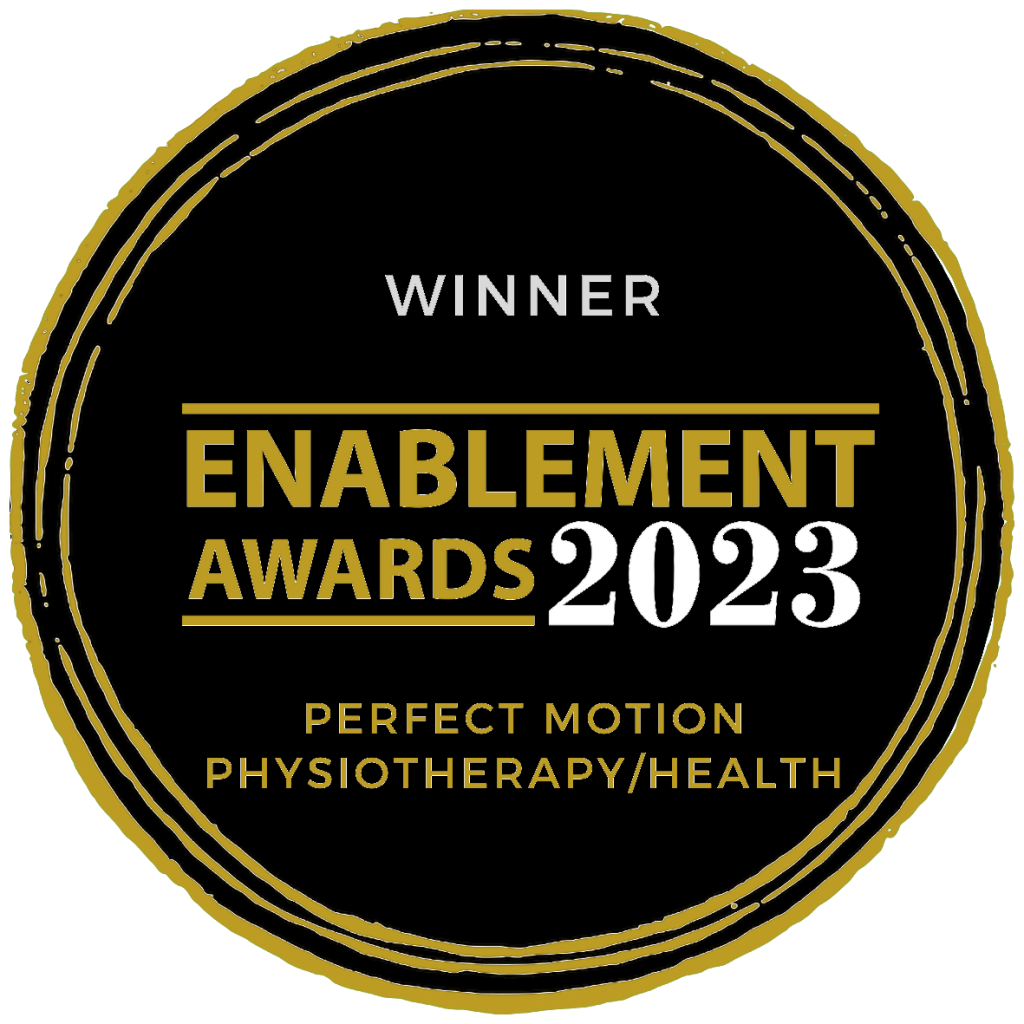By definition, chronic pain is pain that lasts for longer than three months or, in many cases, beyond what is considered to be a ‘normal’ healing time after an injury.
Everyone experiences chronic pain differently and to different extents, but the numbers of those suffering are sizable.
Statistics show that in Australia in 2020, there were 3.37 million people living with chronic pain.
Of those chronic pain sufferers, 56 per cent reported that their pain restricted what activities they could undertake.
Doctors will often prescribe painkillers, which can help mask the symptoms of chronic pain.
However, physiotherapy is often the best way to get to the root of the problem and achieve long-lasting benefits.
Common types of chronic pain
Chronic pain can occur in the body from head to toe and often follows an injury, surgery or a serious infection.
Common examples of chronic pain which physiotherapy can help to treat include:
- Back pain
- Arthritis and joint pain
- Neck pain
- Muscle pain all over (such as fibromyalgia)
- Nerve damage
- Regular headaches and migraines
Why you should include physiotherapy in managing chronic pain
Physiotherapy should be included as part of a multi-dimensional approach to pain management, which also includes consultation with your GP and potentially pain management consultants, psychologists, orthopaedic specialists or rheumatologists.
Physiotherapy uses a wide range of tools to guide and support people suffering from chronic pain to achieve their goals and enjoy a better quality of life.
It is not so much about finding a “cure” to the problem, but rather helping you to manage the impact of chronic pain on your individual life.
Good physiotherapists aim to take an active approach to assisting their patients in managing chronic pain, through helping them to understand their own condition, providing an individualised exercise program and discussing strategies to help cope with any setbacks.
Physiotherapy treatments for chronic pain
Depending on the chronic pain problem that a patient presents with, physiotherapy treatments may include:
- Patient education to increase understanding of the chronic pain and how to manage it.
- Exercise therapy, including exercises that are pain-free or pain-reducing to help get a patient mobile again and improve strength and flexibility.
- Manual therapy, which is where a physiotherapist can help manipulate or mobilise joints which are stiff or irritable as a result of chronic pain.
- Soft tissue treatments, including massage, trigger point therapy and stretching to improve movement and reduce pain.
- Pilates and postural exercises, which can be particularly useful in helping to manage chronic back or neck pain.
- Electrotherapy, which can help to decrease the sensation of pain for those suffering from things like arthritis, back pain and nerve-related pain.
- Dry needling, which involves inserting thin needles into trigger points in muscles to relieve chronic pain and improve mobility.
- Hot and cold therapy, which can help muscles relax, improve circulation or have a numbing effect on chronic pain.
Physiotherapy in Adelaide
If you are dealing with chronic pain and want to improve your quality of life, come and see us at Perfect Motion Physiotherapy.
We have three convenient locations in Adelaide, offering state-of-the-art equipment and compassionate care.
Our physiotherapists help other patients suffering from chronic pain on a daily basis and can assist you in managing your chronic pain.
To book an initial consultation, call us on 08 8337 7821

